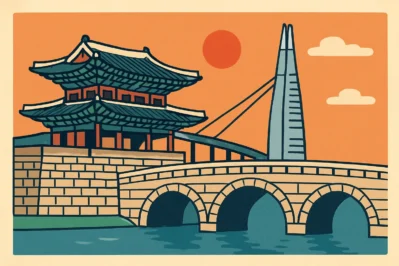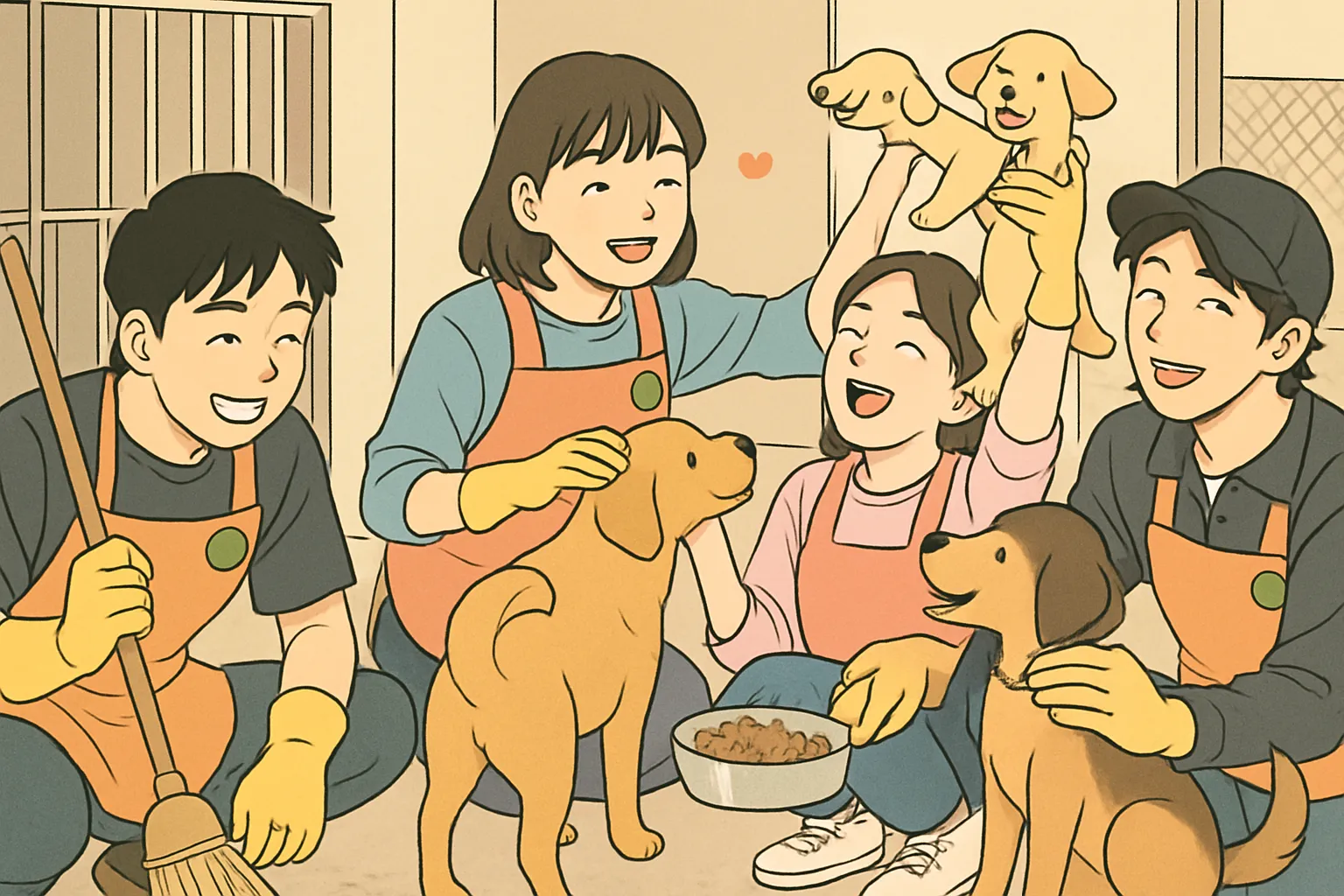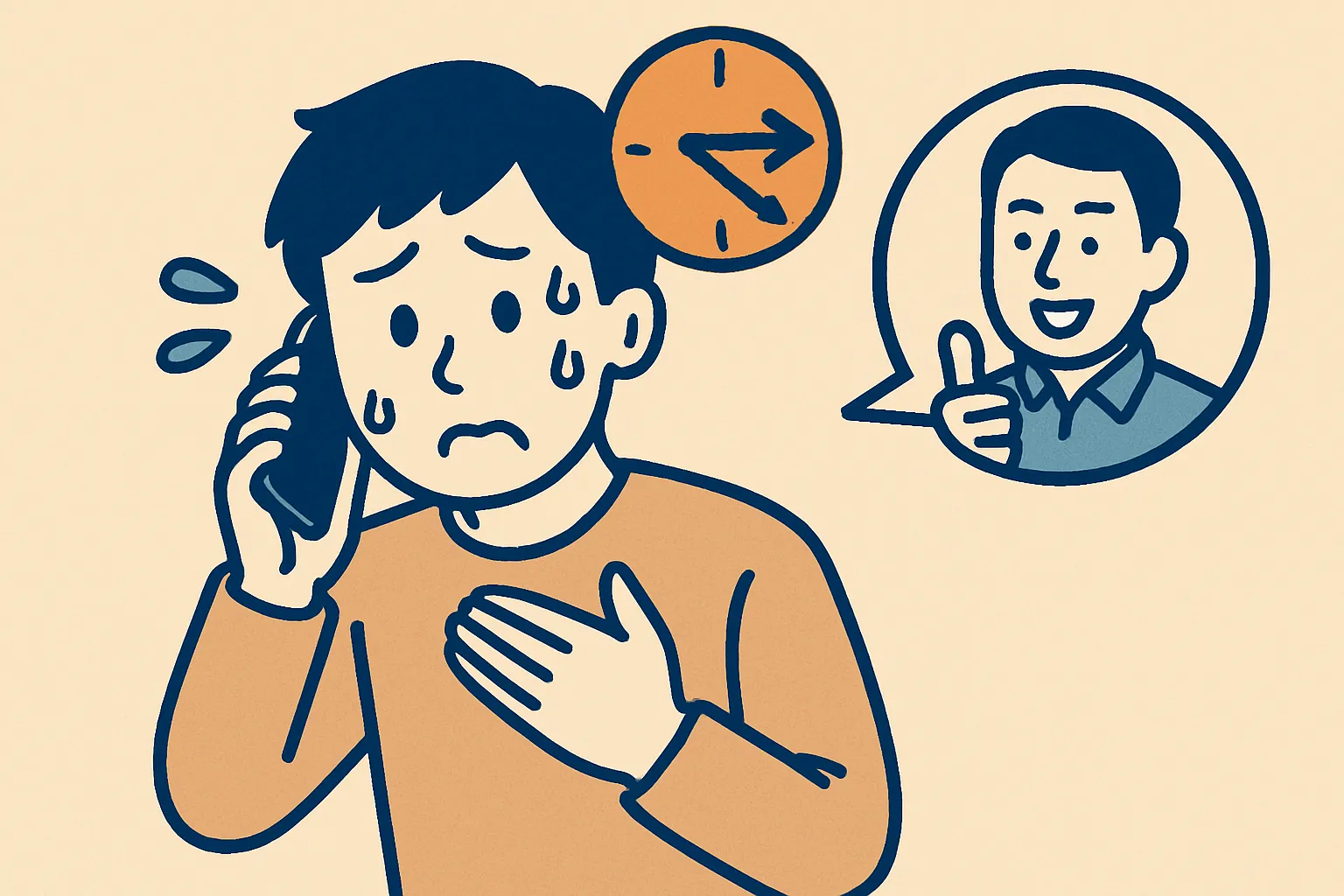Seoul’s Soul: Bridging Past and Future in Urban Planning
Hello! Welcome back to [Maeil Hangul], your partner in mastering the nuances of the Korean language!
Today, we’re moving beyond everyday conversation and stepping into the world of high-level discourse. We’ll be tackling a topic you might hear in a city council meeting, a news debate, or an academic paper: mediating the conflict between preserving historical districts and pursuing modern development.
Ever walked through Seoul and seen a centuries-old palace standing next to a glittering skyscraper? That’s the result of intense debate! Recently in Korea, there’s been a lot of discussion about redeveloping areas like Euljiro and Ikseon-dong, where old industrial alleys and traditional hanok houses are being transformed. This makes today’s topic incredibly relevant and will equip you with the sophisticated language needed to discuss complex societal issues.
Let’s dive in!
Core Expressions for Urban Debate
Here are some essential terms you’ll need to navigate these complex conversations like a pro.
- 한국어 표현: 보존 가치 (bojon gachi)
- 발음 [로마자]: bo-jon ga-chi
- 영어 뜻: Preservation value; historical/cultural worth
- 상세 설명: This isn’t just about something being “old.” 보존 가치 is a formal term used in policy and academic discussions to refer to the tangible and intangible significance of a site that justifies its protection. It’s the core argument preservationists use against developers, weighing cultural heritage against economic benefits (경제적 이익).
- 한국어 표현: 상생 방안 (sangsaeng bang-an)
- 발음 [로마자]: sang-saeng bang-an
- 영어 뜻: A plan for coexistence; a win-win solution
- 상세 설명: The word 상생 (sangsaeng) literally means “living together” or “mutual prosperity.” It’s a key concept in Korean negotiation. A 상생 방안 is more than just a compromise (타협); it’s a creative, forward-thinking solution where both historical preservation and modern development can thrive together, creating a synergistic effect.
- 한국어 표현: 경관을 훼손하다 (gyeongwan-eul hwesonhada)
- 발음 [로마자]: gyeong-gwan-eul hwe-son-ha-da
- 영어 뜻: To damage/harm the scenery/landscape
- 상세 설명: This is a powerful phrase used by opponents of new construction projects. 경관 (gyeongwan) is a broad term that includes not just the natural view but also the overall aesthetic, historical atmosphere, and skyline of an area. Claiming a new building will 경관을 훼손하다 is a strong, often emotionally resonant argument that it will ruin the unique character of a place.
- 한국어 표현: ~을/를 둘러싼 논쟁 (~eul/reul dulleossan nonjaeng)
- 발음 [로마자]: ~eul/reul dul-leo-ssan non-jaeng
- 영어 뜻: The controversy/debate surrounding ~
- 상세 설명: This grammatical structure is a sophisticated way to frame a complex issue. It’s frequently used in news articles, reports, and formal debates. It elevates your language from simply saying “a debate about X” to defining the entire sphere of conflict around a central topic. For example, “경복궁 인근 고층 빌딩 건설을 둘러싼 논쟁” means “The controversy surrounding the construction of a high-rise building near Gyeongbok Palace.”
Example Dialogue
Let’s see these expressions in a realistic conversation between a city planner (A) and a citizen activist (B).
A: 이 지역의 경제 활성화를 위해 현대적인 복합 문화 공간 조성이 필요하다는 데에는 이견이 없을 겁니다.
(There’s likely no disagreement that creating a modern cultural complex is necessary for the economic revitalization of this area.)
B: 동의합니다. 하지만 그 과정에서 이 지역의 역사적 보존 가치가 높은 건축물들이 파괴되어서는 안 됩니다. 무분별한 개발은 고유의 경관을 훼손할 뿐입니다.
(I agree. However, buildings with high historical preservation value in this area must not be destroyed in the process. Reckless development will only harm the unique landscape.)
A: 물론입니다. 저희는 개발과 보존이 공존하는 상생 방안을 모색하기 위해 공청회를 열 예정입니다. 이 재개발을 둘러싼 논쟁이 생산적인 결론으로 이어지길 바랍니다.
(Of course. We plan to hold a public hearing to search for a win-win solution where development and preservation can coexist. I hope the controversy surrounding this redevelopment leads to a productive conclusion.)
Cultural Tip & Trend Deep Dive
In Korea, the concept of 재생 건축 (jaesaeng geonchuk), or “regenerative architecture,” is a major trend and a real-world example of a 상생 방안. Instead of demolishing old factories or houses, architects and business owners are transforming them into trendy cafes, art galleries, and cultural spaces.
Think of the Seongsu-dong neighborhood in Seoul, once full of handmade shoe factories, now known as the “Brooklyn of Seoul” with its hip cafes in renovated warehouses. This approach preserves the area’s history and character (its 보존 가치) while injecting new economic life.
However, this often leads to another complex issue: gentrification (젠트리피케이션). As these areas become popular, rising rents can push out the original, long-time residents and small business owners. So, the debate isn’t just about buildings; it’s about people and the soul of the community. When you use these expressions, showing you understand these deeper socio-economic layers will make you sound truly fluent and culturally aware.
Wrap-up & Practice!
Today, we learned four advanced expressions to discuss the complex issue of urban development and historical preservation: 보존 가치, 상생 방안, 경관을 훼손하다, and ~을/를 둘러싼 논쟁.
Now it’s your turn to be the expert!
Practice Problem:
Imagine your city is planning to build a large, modern shopping mall in the middle of a historic old town. Using at least two of the expressions we learned today, write 2-3 sentences in Korean expressing your opinion.
Ready for a challenge? Leave your practice sentences in the comments below! We’d love to see how you mediate this classic urban conflict.






